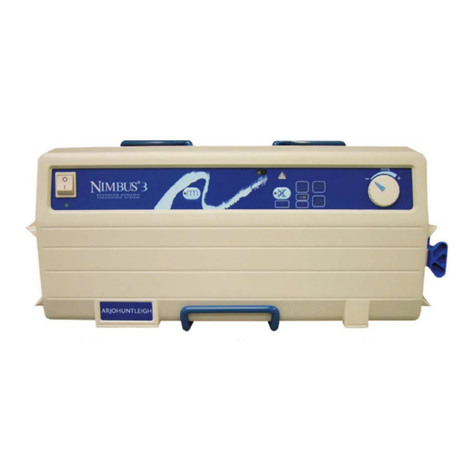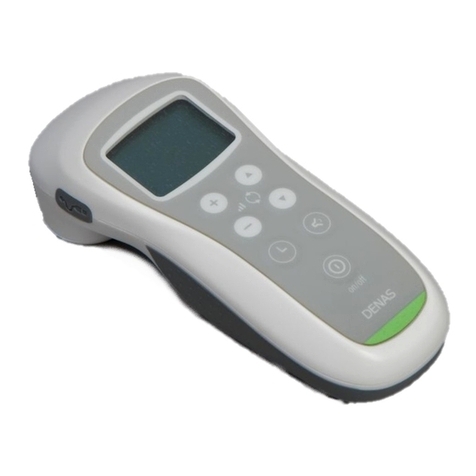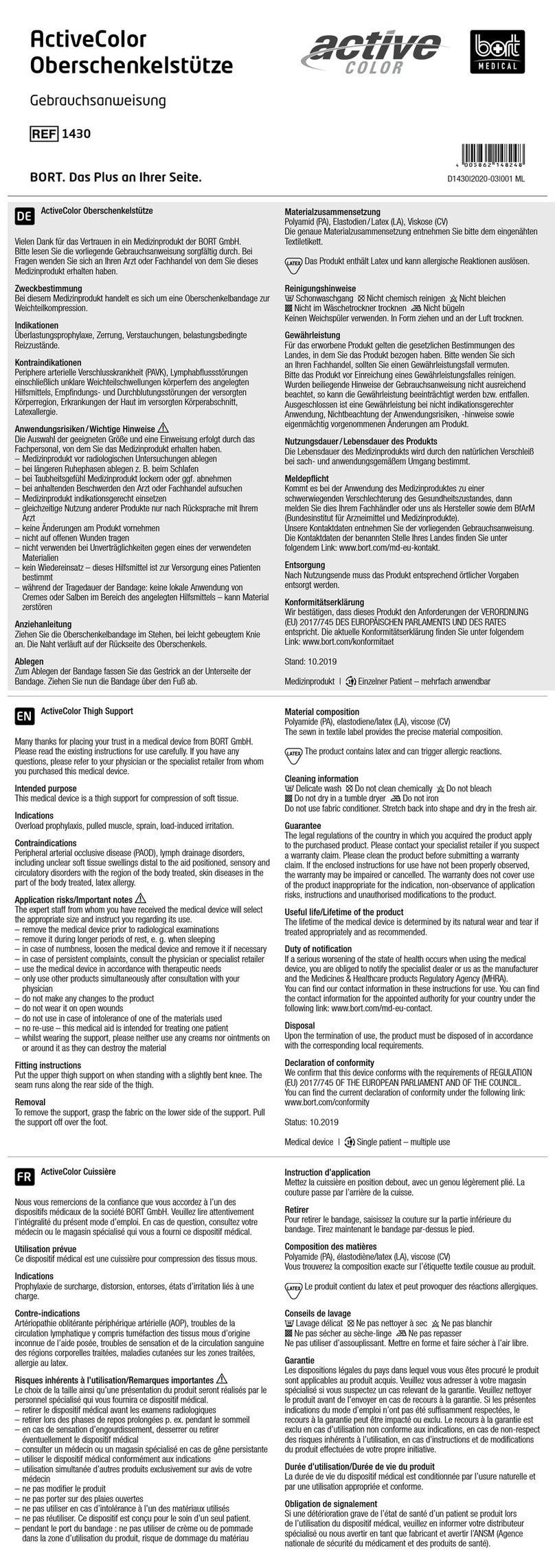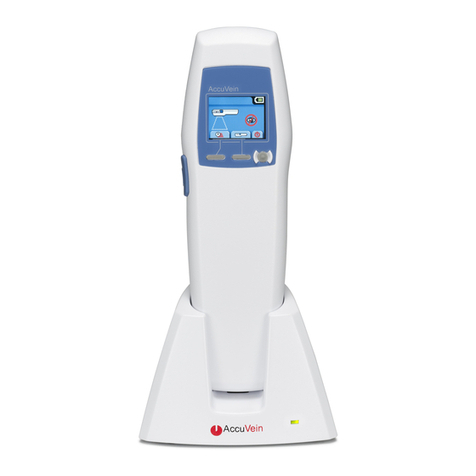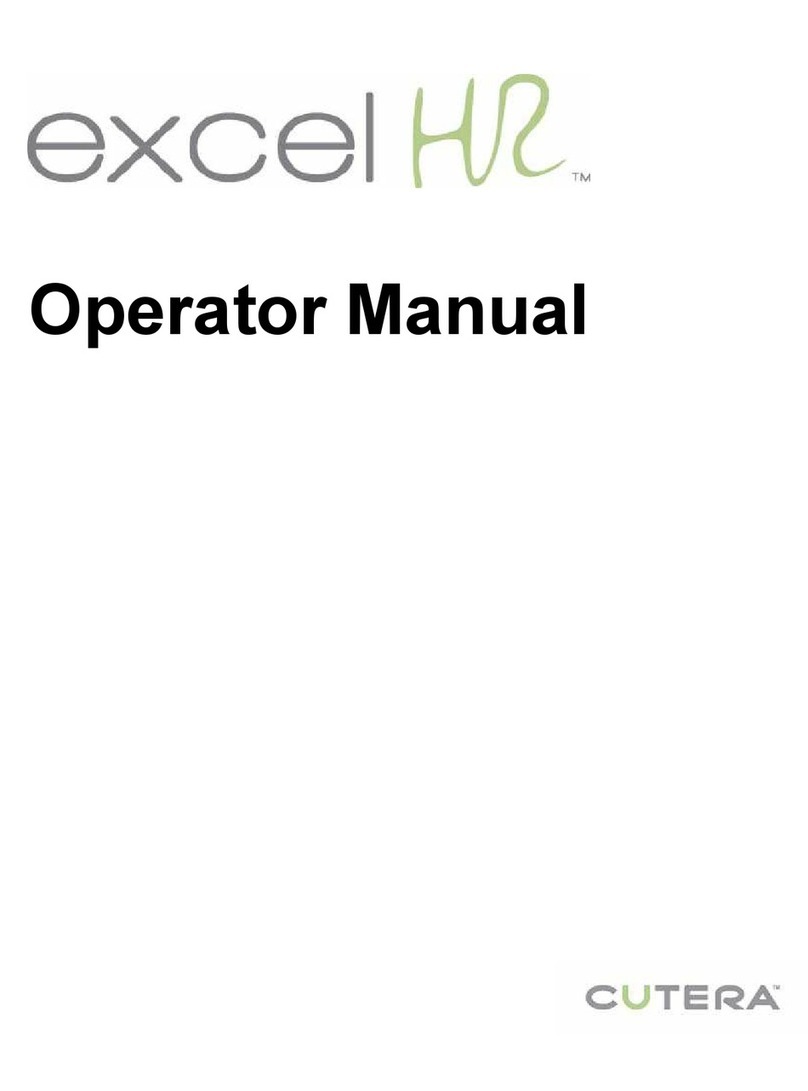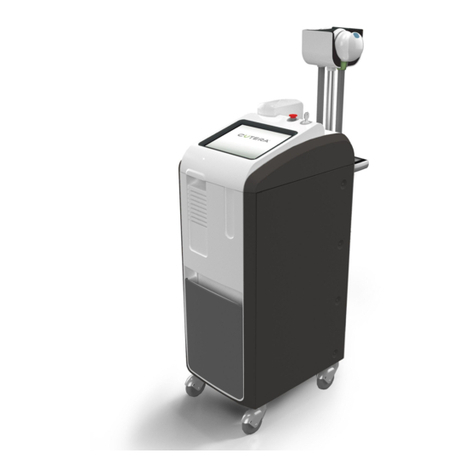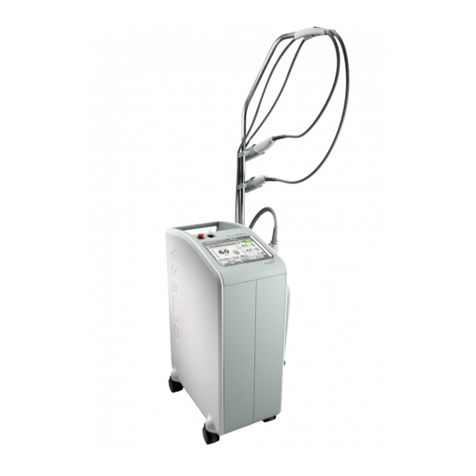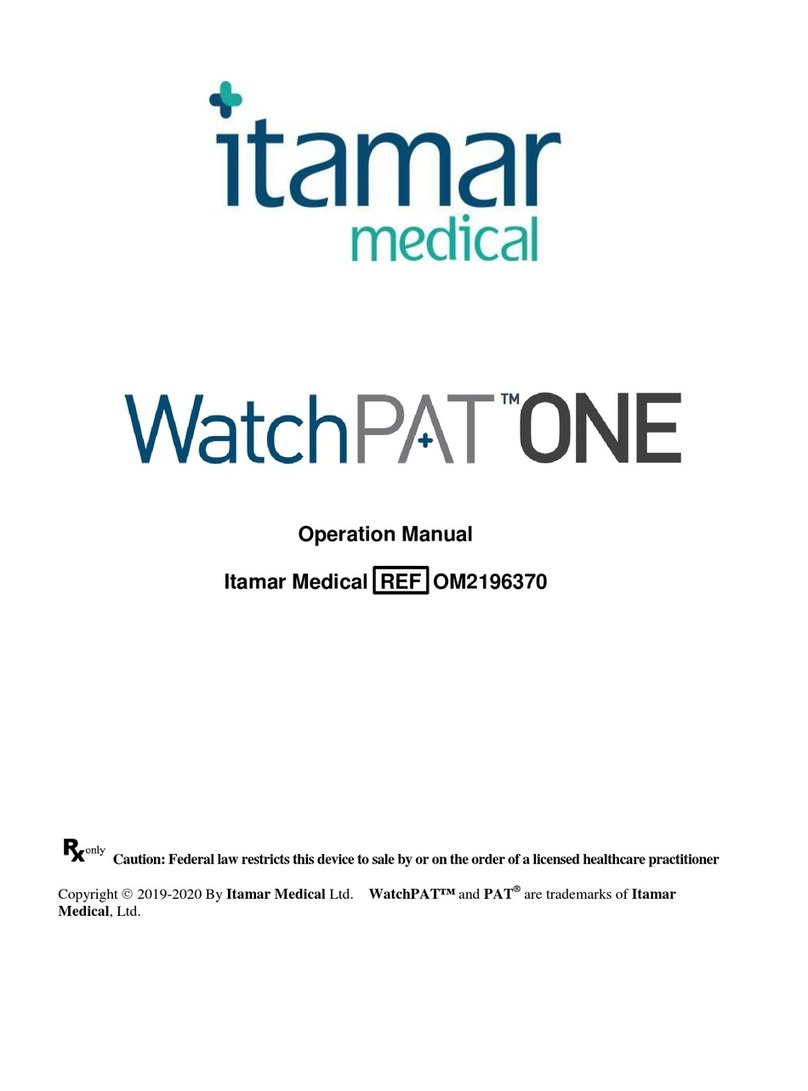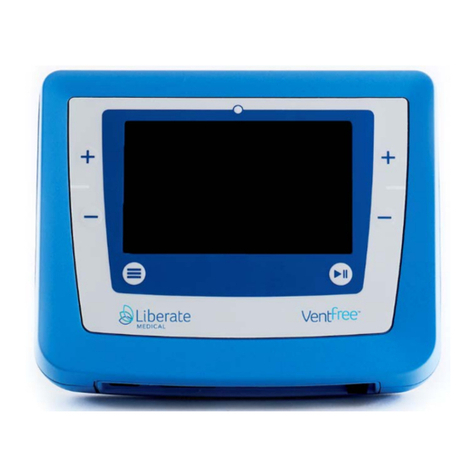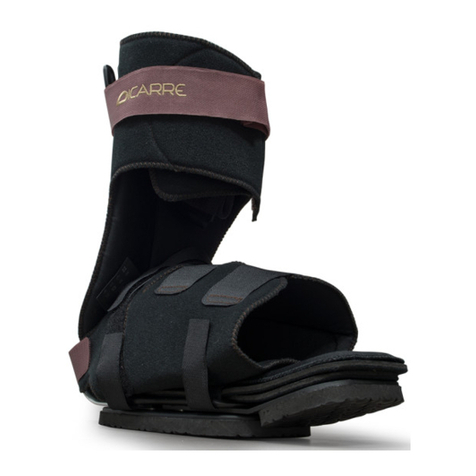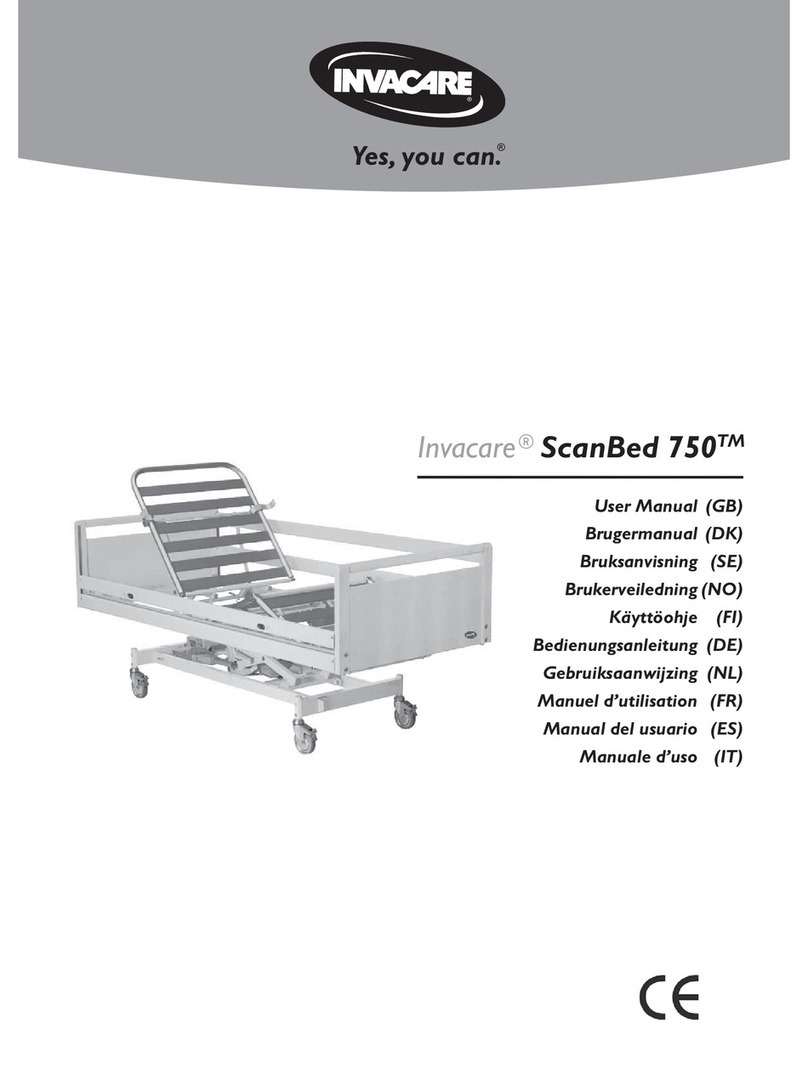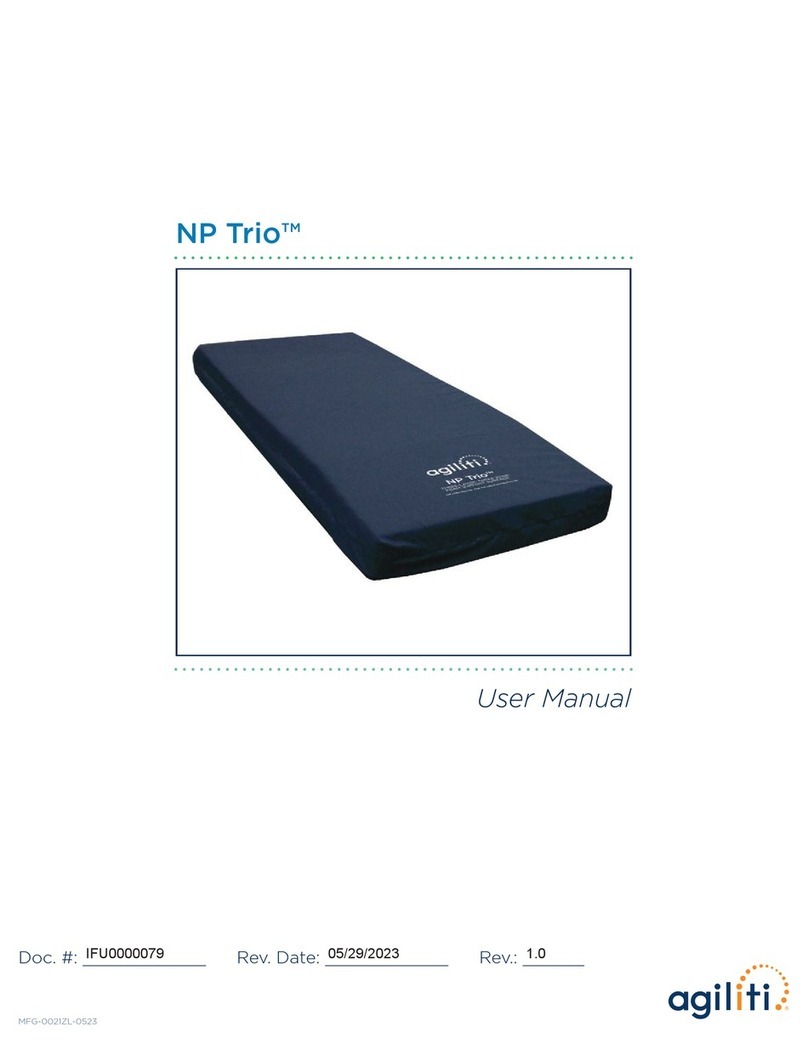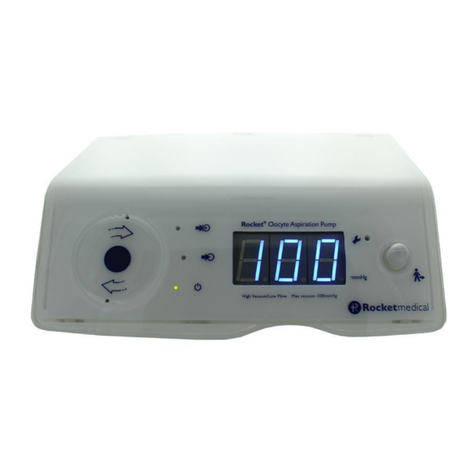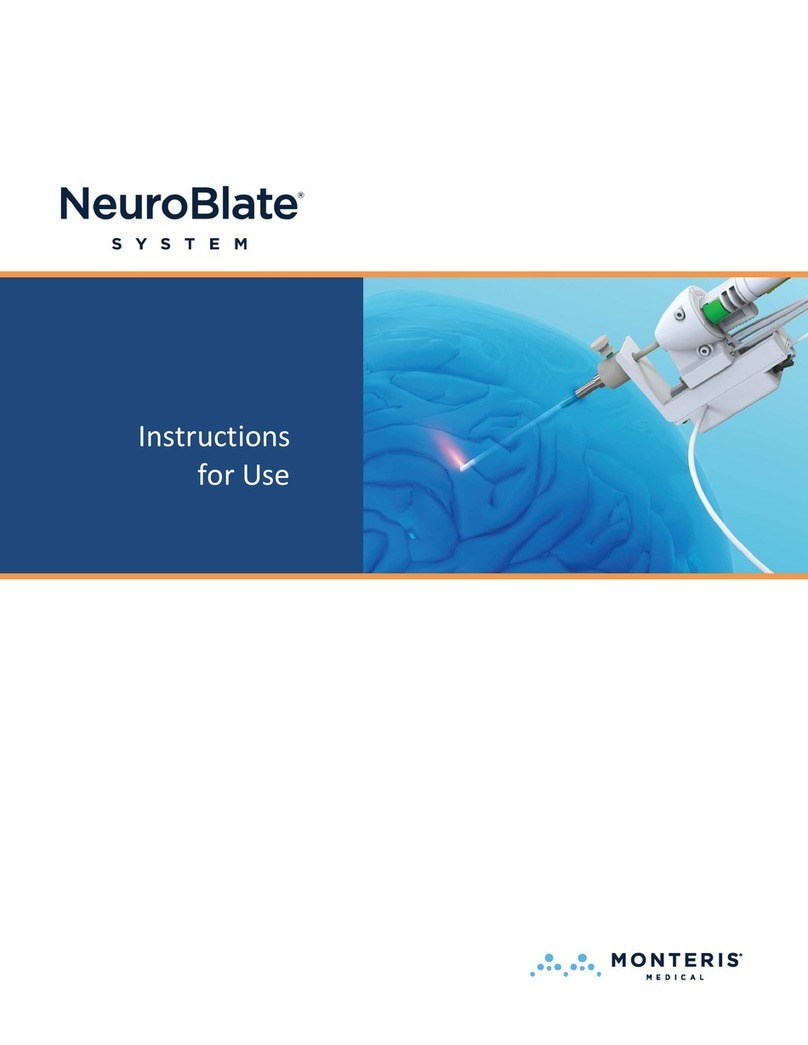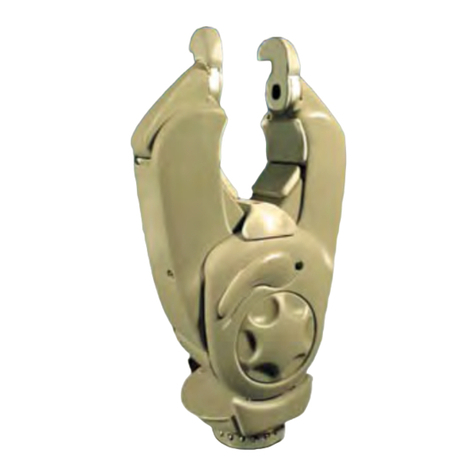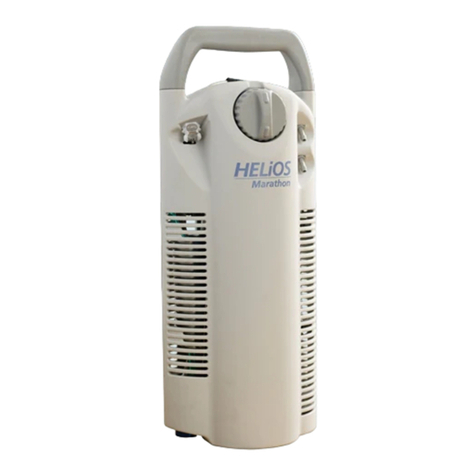
D1091 Rev.M August. 2016
TREATMENT TECHNIQUE – 532 NM VASCULAR WITH COOLVIEW HANDPIECE
•WARNING: The red diode aiming beam in the sapphire window should be in full contact with the skin before,
during, and after the laser pulse.
oPay close attention when treating over the nose or curved areas to ensure full contact with the
sapphire window where the red aiming beam is present.
oConsider using a smaller spot size if you cannot ensure full contact with the sapphire window.
•Technique:
oApply a thin layer of clear gel (such as ultrasound gel) for increased
epidermal protection and patient comfort and seat the sapphire window
gently on the skin.
oEnsure that no large bubbles are present under the aiming beam.
oDo not apply too much pressure on the skin with the handpiece while
treating vessels to avoid compressing the target.
oCreate suction by gently lifting the handpiece slightly while maintaining
contact.
oPre-cool area with sapphire window, depress the foot pedal to fire a
pulse, then glide handpiece to next treatment area and repeat.
oEnsure that handpiece has complete contact with skin during each pulse.
•Always observe the epidermis during the treatment, watching for signs of damage (blanching or gray
coloration).
oIf damage is seen, stop the treatment and apply a cool compress and evaluate the area for possible
complications and wound care.
•Common endpoints are transient or persistent color change within the vessel, vessel disappearance or
constriction, erythema, or purpura.
oIf the clinical endpoint is not reached, shorten the pulse duration or increase the fluence.
oA second pulse may be delivered after allowing the skin to fully cool.
•Treating small vessels
oPlace the treatment pulses sequentially with a slight overlap.
oDo not stack pulses or double pulse.
•Treating diffuse redness/matting
o10 – 12 mm spot size (Global Treatment) recommended.
oOverlap pulses by no more than 10-20%.
oOnly 1 pass recommended.
•Treatment of Diffuse Redness with Discreet Vessels –
oIf a patient wants fewer treatments with more downtime:
Option 1: Combine small and large spot sizes.
−Use a 3 - 5mm spot size to trace smaller vessels
−Follow with 10 – 12 mm spot size treatment
covering the entire area (Global Treatment).
oOverlap pulses by no more than 10-20%.
oOnly 1 pass recommended.
−The risk of edema is high.
−Fewer treatments may be required.
−Lowering the fluence can decrease downtime but
increases number of treatments
Option 2: Use large spot size only.
−Treat the entire area with large 10 – 12 mm spot
size (Global Treatment)
oOverlap pulses by no more than 10-20%.
−Follow with additional pulses on areas that did not
respond with the same spot size.
oIt is not recommended to do a full second
pass with the 10 – 12 mm spot size.
−The risk of edema is high.
−Fewer treatments are usually required.
−Lowering the fluence can decrease downtime but
increase number of treatments
oIf a patient wants more treatments with less downtime per treatment:
Treat discreet vessels with 3 – 5 mm spot size.
Follow with genesis V to treat the diffuse redness.
The 3 – 5 mm spot size may cause localized edema.
More treatments may be required with this technique.
Ensure full contact of sapphire window
Global Treatment Endpoint
